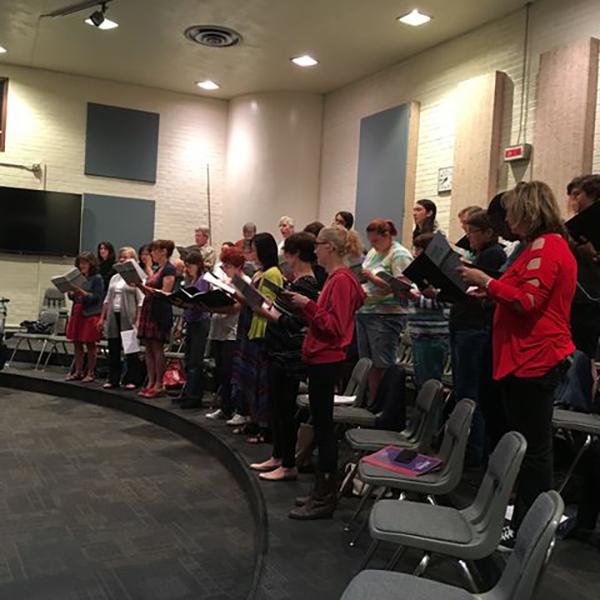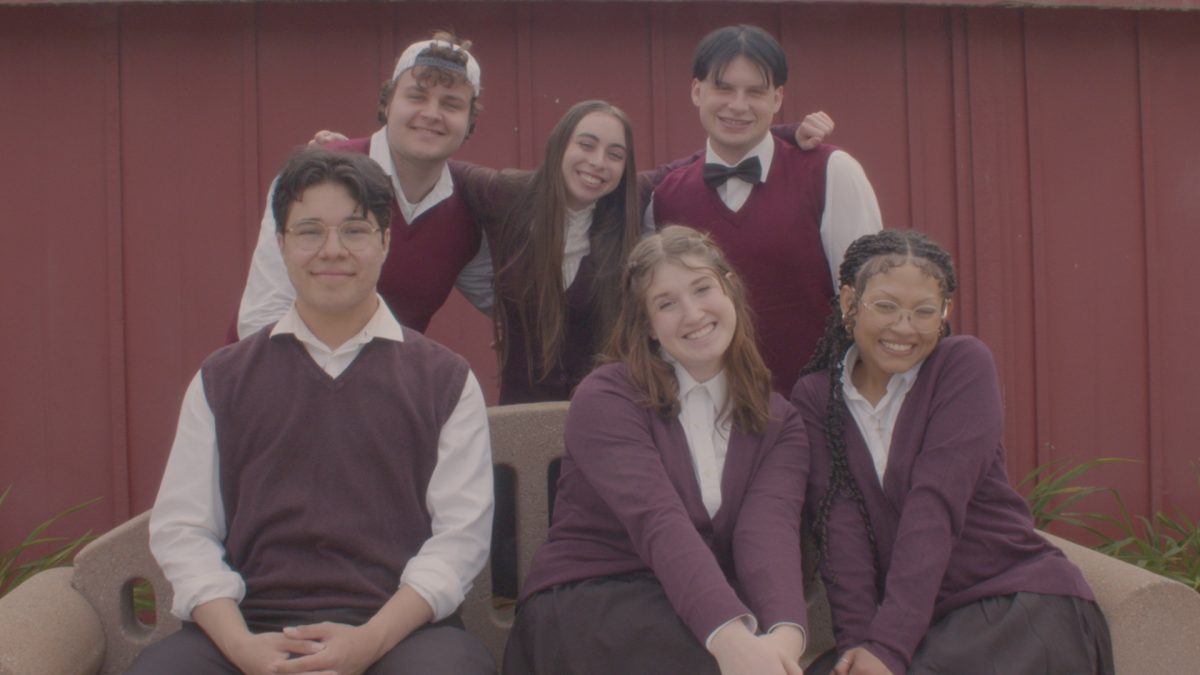Palomar’s “Spring Spectacular” is a tribute to students and the community.
“The concert is dedicated to Palomar’s graduates and the idea of commencement. The musical pieces) all in some way deal with changes, they all take risk, and deal with the idea of unknown using a metaphor of the sea,” said Palomar Music Professor and Palomar Symphony Orchestra conductor Dr. Ellen Weller.
The concert combines the forces of four of North County’s finest ensembles as they journey into the depths of Howard Hanson’s exquisite Symphony No. 7 “A Sea Symphony” and Brahms’ “Schicksalslied” (Song of Destiny).
MiraCosta College’s Masterworks Chorale will join with The Palomar Chamber Singers, The Palomar Chorale and the Palomar Symphony Orchestra.
Dr. Arlie Langager, conductor for the Miracosta Masterworks Chorale, was quoted as saying, “Working together has given our musicians opportunities to perform music we might not have otherwise done on our own.”
The Friday show started with a prelude performance by the adult group, The Poway Symphonette, led by Ulli Reiner, Concertmaster.
Then on Sunday, the Fortissimo Orchestra from Joli Ann Leichtag Elementary School in San Marcos, is the opening act and will play a performance with some of the adult symphony players, which include their instructors, Anna Piland and Diane Hunt.
“Its a youth string program orchestra and made up of kids through the 5th grade. We’ve partnered with them onstage several times and we’re happy to have them back,” added Weller.
The concert featured four highly contrasting pieces of four composers all dealing with themes of exploration both musically and emotionally.
Selected by Palomar Director of Choral and Vocal studies, Professor Dr. John Russell the Joseph Brahms “Schicksalslied” (Song of Fate) was written after Brahms read a poem by Friederich Holderlin. “Holderlin compares the fate of humans to the water dashing off the rocks into the ocean, in that we’re out of control and swimming” said Weller. Brahms music from 19th century age of romanticism compares the human condition with that of the blessed gods. “The first part is in beautiful slow music, its in a major key, there are flutes, the heavens breezes, you hear the woodwinds playing little breezy melodies in and out, then when it gets to the part about the humans it suddenly becomes a raging stormy night, the strings jump furiously and everything is full of uncertainty,” adds Weller.
The Professor described that Brahms was able to musically resolve the stanza implying that there is hope for humanity, saying, “he was not content to leave it there, it makes for a nice kind of round musical experience.”
The other pieces, one by Shostakovich, are a big brassy colorful overture from the 1950s Soviet era celebrates a revolution, a change. Another piece by Arnold Schoenberg’s: Colors by a Summer Lake, also represents a musical departure as the composer reflects the tension and experimentation with new sounds and styles of music.
The concert concludes with Hanson’s: A Sea Symphony. A composer whose works have been heard in movies such as Alien and E.T. Written in his eighties, Hanson invokes the theme of sailing out to sea as if going to the afterlife. The text for the choir comes from a Walt Whitman poem.
“There’s this big unknown, but instead of being morose and afraid he has the text from Whitman which is full of joy and excitement about exploring.”Whitman’s last verse “The untold want” is again a bit like Brahms in that it describes how the human condition is never secure.
This attitude of exploration is what I tied to commencement. As the choir sings “ a life is ended, a life begins, so your life here at Palomar is coming to a close, so what’s in the future, I don’t know but its going to be exciting,” said Weller.







